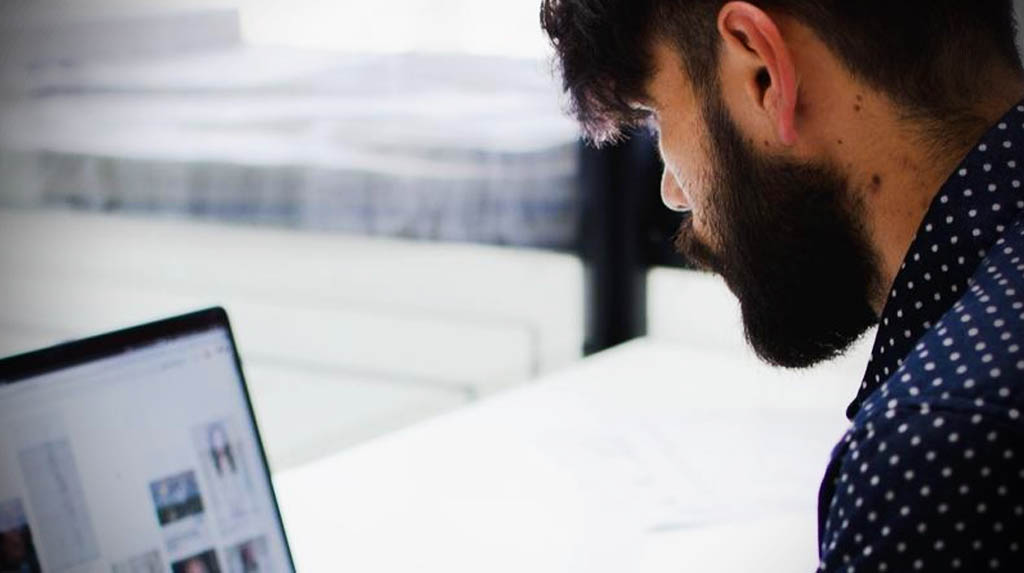New Delhi: Right from bingeing on OTT shows, to video conferences with colleagues and long, heart-to-heart video-calls with friends and family, connecting over screens is the new normal. But, how safe is it for your eyes?
As we continue to practice social distancing and stay indoors for the Lockdown 2.0, our distance from screens is decreasing exponentially, as digital is the only way to continue working from home.
“Digital devices – phone, laptops, smart TV, tablets etc. have become an integral part of everyone’s life, from professionals to students and even homemakers. And with this increase in screen-time becoming inevitable and a reality, taking good care of your eyes is paramount,” Ramesh Pillai, Titan Eyeplus’ Senior Corporate Optometrist told IANSlife.
Studies have shown that longer hours of indoor activity, which includes near work like reading, writing, playing video games, increased screen time, and spending lesser time outdoors especially in children can lead to progression of short sightedness or myopia.
“Excessive exposure to screen leads to eye strain because our eyes (Crystalline Lens, Ciliary Muscle & Suspensory Ligaments) are continuously in an accommodative state and working overtime. It can lead to dryness because we tend to blink less while we are staring at the screen and also leading to burning sensation in the eye at the end of the day. Our eyes are also exposed to harmful HEV (High Energy Visible) light from the digital screens which causes eye strain and it is also considered to be one of the reasons for Cataract formation and ARMD (Age Related Macular Degeneration),” Dr Pillai said.
He suggests this essential checklist to protect your eyes while going digital.
Take breaks: Resting your eyes helps keep them moist. Use the 20-20-20 rule, by taking a 20 second screen break every 20 minutes to look at objects 20 feet away from you.
Think bigger: Increase font size when reading on-screen, so that devices don’t need to be too close to your eyes, and you don’t have to squint.
Stay clean: A clean screen boosts visibility. Wipe your screen over at least once a day.
Set screens: Adjust brightness, resolution and contrast for better clarity and comfort. Where possible, avoid using devices in bright sunlight.
Cut reflection: Keep monitors away from windows – and never face a window when using a computer. Consider using anti-reflection lenses with Blue Coating if you wear spectacles or even otherwise. LED devices emit harmful blue light which can cause eye strain on prolonged exposure. The Blue coating helps in blocking the harmful blue violet light and allows the essential blue turquoise light to help the circadian rhythm and thereby maintain the sleep-wake cycle.
Blink more frequently: Staring at a screen makes us blink less often, which dries out the eyes. Blinking moistens the eyes, reducing dryness and irritation. Use Lubricating Drops: Use drops to help keep your eyes moist, especially if you wear contact lenses.
Eat healthy: Omega 3 oils naturally lubricate the eyes, and are found in flaxseed oil and some fish. You can also take them as supplements. How does excessive screen exposure impact eyes and eyesight? What’s the prescribed/ideal screen time for children and adults?
Set a time limit: In case of children below 2 years since the eye is in the formative stage, it’s better to avoid any use of digital devices. Children in the age group of 2-5 years should be allowed a screen time of 1 hour or less per day and Children above 5 years should be allowed a recreational or enjoyment related screen time of 2 hours or less per day. However in case of adults, if the nature of work demands spending longer hours in front of the digital screens, then a 20-20-20 rule should be followed.
Say adieu: One must stop using the digital devices at least one hour before going to bed if one wishes to have a good night’s sleep.




